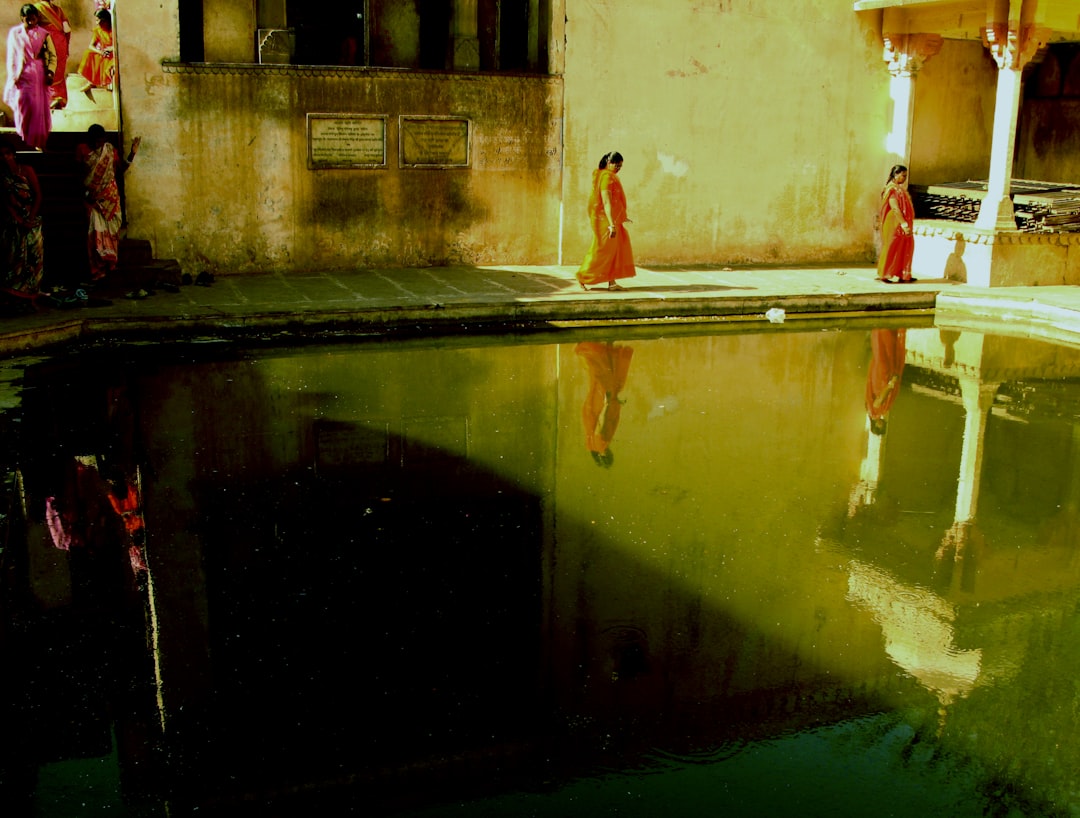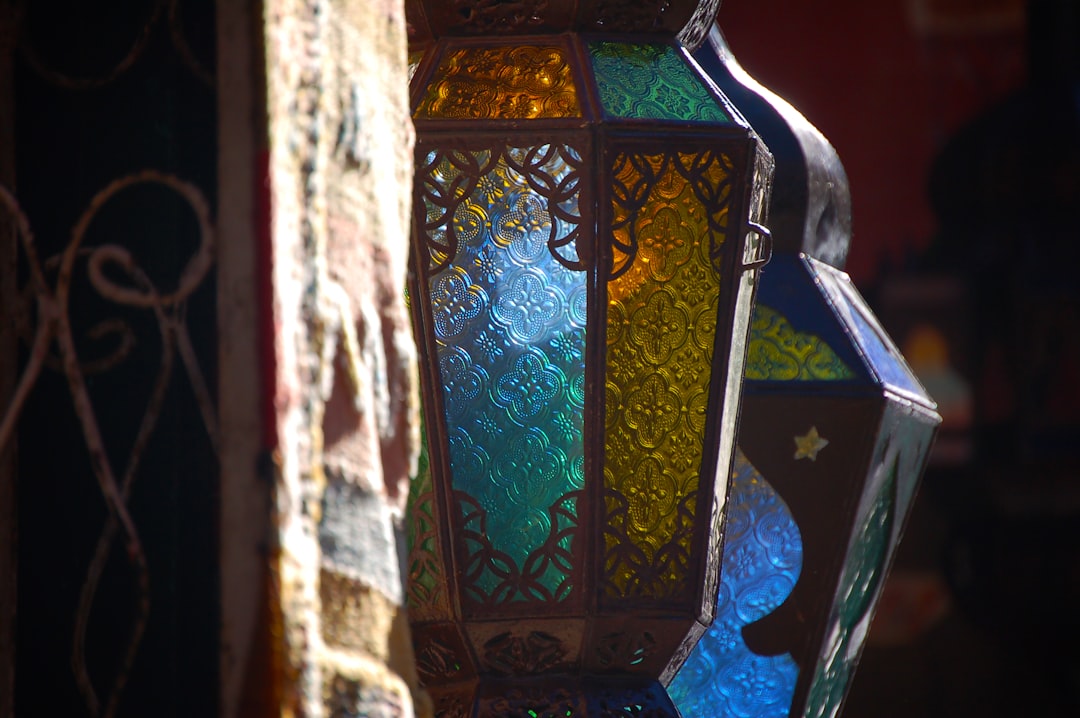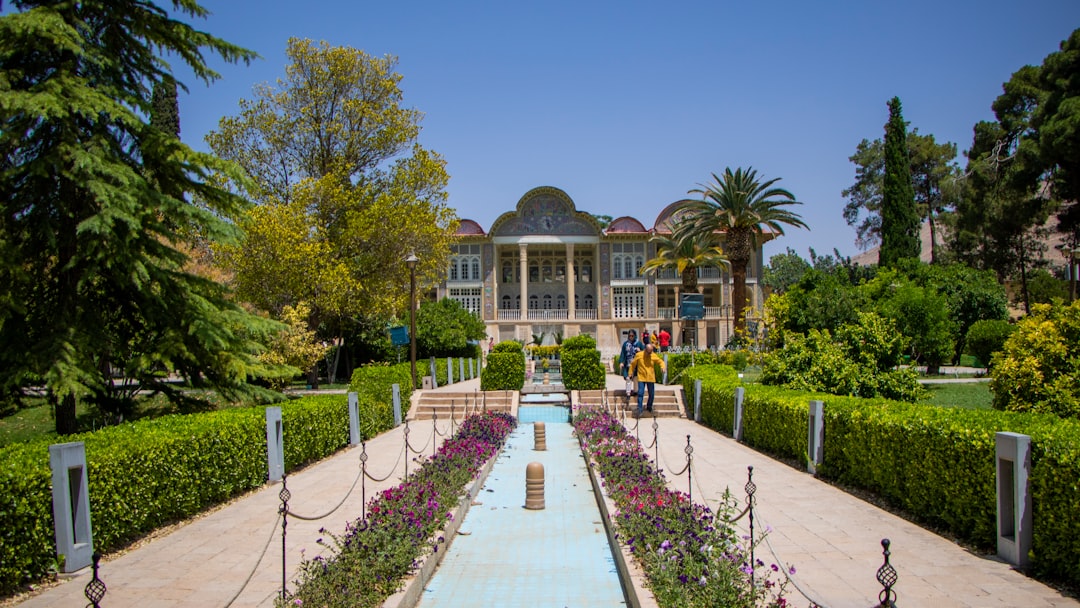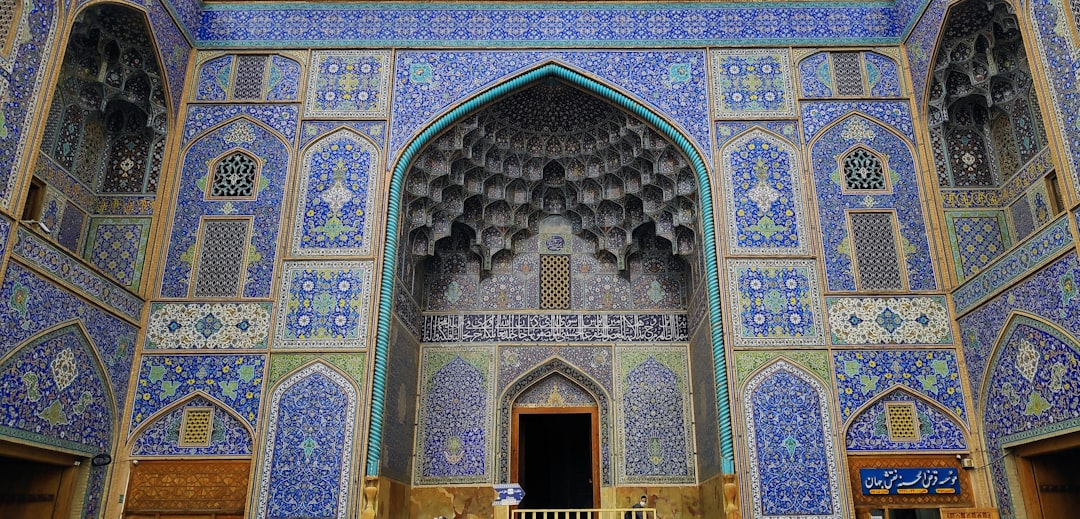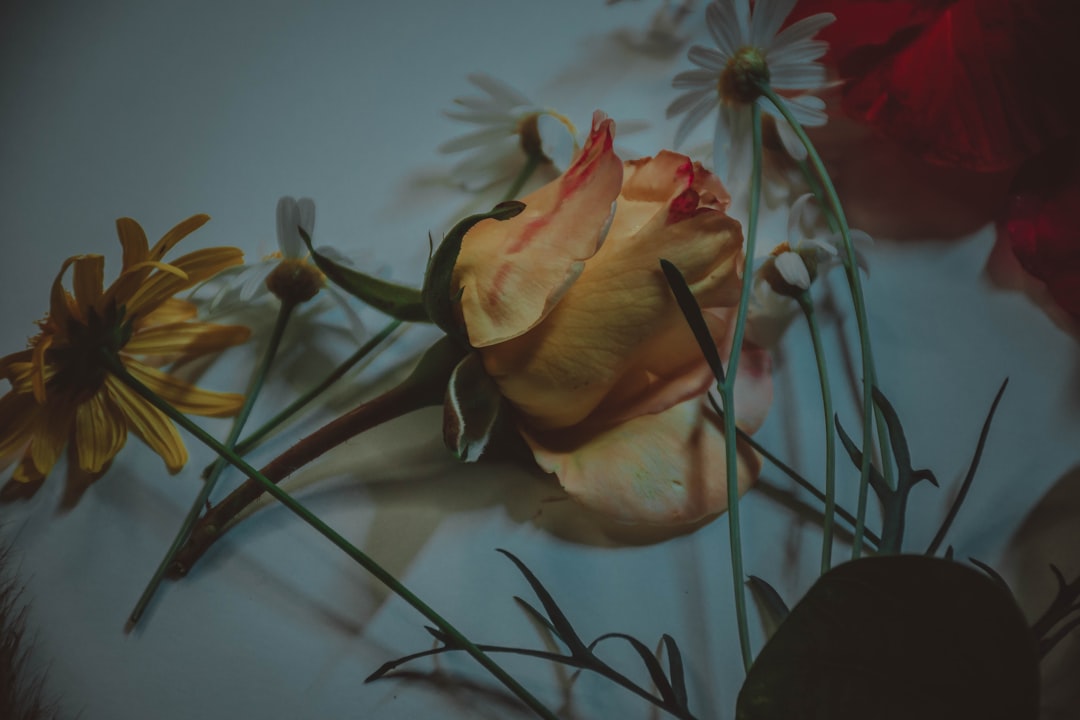The Measure of Love: Attar’s Song of the Unhidden Heart
(Reflections on “کیست که از عشق تو پردهٔ او پاره نیست”, “Who is there whose veil has not been torn by love?”)
I. The Cry of the Unveiled Heart
کیست که از عشق تو پردهٔ او پاره نیست
وز قفس قالبش مرغ دل آواره نیست
Who is there …
Do Not Sleep Without the Beloved Tonight
🌙 بییار مخسب امشب | Do Not Sleep Without the Beloved Tonight
There are nights when the heart trembles with remembrance, when silence itself becomes music, and every breath whispers a single name.
In such nights, love is not a concept, nor an emotion, but a living presence, a fire …
The Playful Line: A Reflection on a Ghazal by Saeb Tabrizi
Few poets of the Persian world blend subtle reasoning and passionate mysticism as elegantly as Saeb Tabrizi. A master of the Indian style (سبک هندی), he often turns abstract ideas into shimmering, tangible images.
This ghazal, brief yet layered, is a dialogue between the mind and the …
The Mirror of the Cup: Reflections on a Ghazal by Hafez Shirazi
Among Hafez’s many love songs, few shimmer as brightly as this ghazal, a meditation on reflection, illusion, and the mystery of love. Each verse turns like a mirror, catching the light of beauty and showing us not the truth itself, but the thousand forms it takes in the dreaming heart. …
When the Heart Dances: Saadi Shirazi’s Celebration of Earthly Joy
Exploring Saadi’s Ghazal: “Vaqt-e Tarab Khosh Yaftam Ān Dilbar-e Tanāz Rā”
وقت طرب خوش یافتم آن دلبر طناز را
ساقی بیار آن جام می، مطرب بزن آن ساز را
I found, at the hour of joy, that coquettish beloved again.
Cupbearer, bring the wine! Musician, strike the strings!
From the …
Beyond the Two Worlds: The Hidden Essence of Love
A Mystical Reflection Inspired by a Ghazal of Attar of Nishapur
There are loves that live within the world
and there is Love that births worlds.
Attar begins his ghazal with a declaration that strikes at the root of all human understanding:
“The nature of your love lies beyond …
The Stranger Before the Beloved: A Meditation on Hafez’s Ghazal “Goftam Ey Sultan-e Khuban”
In Persian mystic literature, few themes are as enduring as ghurba — estrangement. It is the ache of the soul that has fallen from its homeland of light and now wanders in the dust of separation. Hafez, the poet who made the music of longing immortal, captured this feeling in …
The Sweetness of Pain: Saadi’s Song of the Unforgetting Heart
There are loves that illuminate the world,
and there are loves that burn it down.
Saadi Shirazi, the gentle sage of Shiraz, sings of the second kind,
the love that refuses to die, that feeds on its own wounds,
that becomes both poison and cure.
تا بود بار غمت بر …



